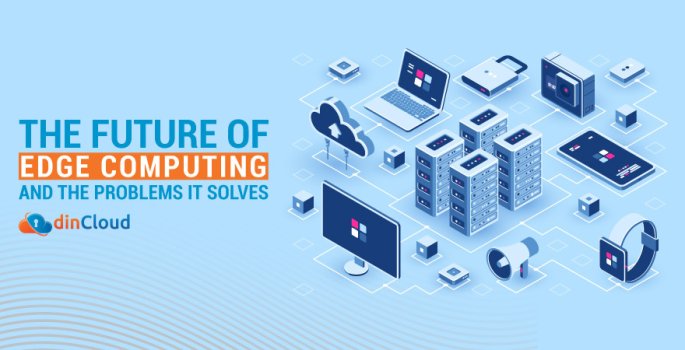We are moving towards a data driven world with every passing day. Even the smallest devices around us have become “data juggernauts”, constantly dishing out data into various technology and information ecosystems.
However, this terabytes of data being generated every second, or even millisecond, brings certain costs and overheads along with it. Perhaps the most notable and obvious one of these overheads is the storage of this vast amounts of data.
Most of the readers would agree that there is a certain “emotional cost” of data which you already have on hand. No matter how outdated or irrelevant the data lying around you may be, you would feel a certain hesitation in getting rid of that data.
Then, there is the dreaded fear of the unknown, when you convince yourself that you may come to need this data one fine day, so better to keep it instead of getting rid of it right now. When doing so, we often forget that data storage has limitations attached to it.
As soon as the volume of data crosses a certain threshold, which may vary depending on the nature of data that we are talking about and the relevant industry, it would no more be economically viable to hold onto any more data.
Continue reading: https://www.dincloud.com/blog/the-future-of-edge-computing-and-the-problems-it-solves
However, this terabytes of data being generated every second, or even millisecond, brings certain costs and overheads along with it. Perhaps the most notable and obvious one of these overheads is the storage of this vast amounts of data.
Most of the readers would agree that there is a certain “emotional cost” of data which you already have on hand. No matter how outdated or irrelevant the data lying around you may be, you would feel a certain hesitation in getting rid of that data.
Then, there is the dreaded fear of the unknown, when you convince yourself that you may come to need this data one fine day, so better to keep it instead of getting rid of it right now. When doing so, we often forget that data storage has limitations attached to it.
As soon as the volume of data crosses a certain threshold, which may vary depending on the nature of data that we are talking about and the relevant industry, it would no more be economically viable to hold onto any more data.
Continue reading: https://www.dincloud.com/blog/the-future-of-edge-computing-and-the-problems-it-solves

